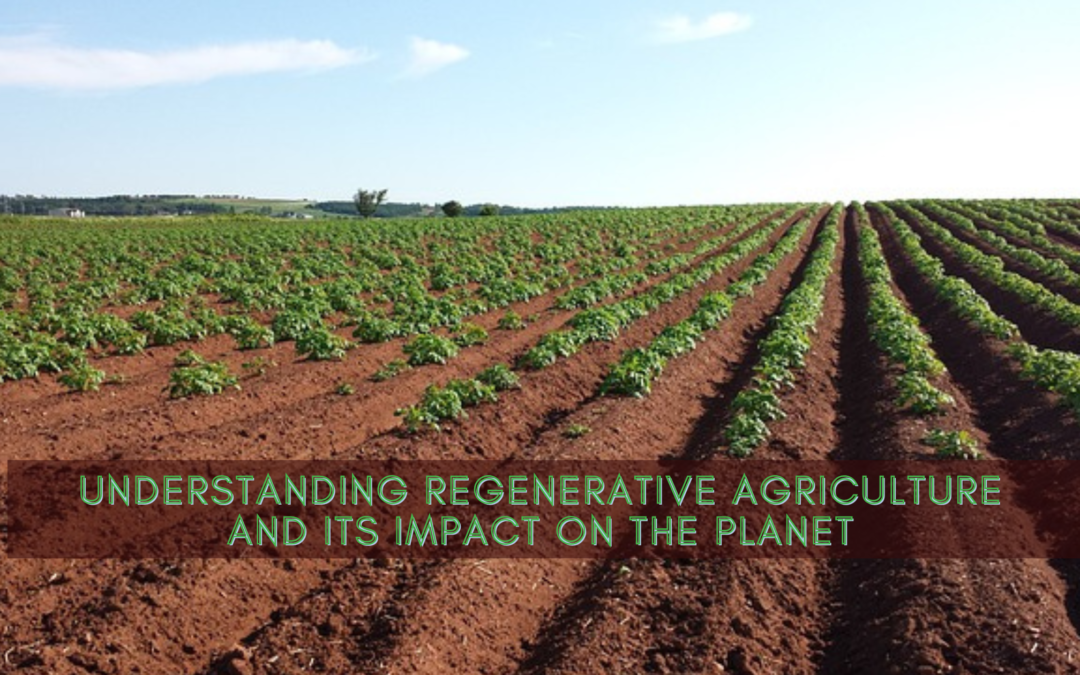Regenerative agriculture has in recent years received significant attention from researchers, producers, consumers, and industry stakeholders. Many have been exploring the possibilities of regenerative agriculture contributing to climate change mitigation plans. Regenerative agriculture has been hailed as a sustainable land management practice that’s focused towards delivering ecological functions and capable of building resilience of the agro-ecosystems.
Regenerative agriculture consists of a series of holistic farming practices that are designed to create a beneficial impact to the ecosystem. These include impacts such as carbon sequestration, improved soil health, improved watershed, and a habitat rich in biodiversity. Regenerative agriculture, if well implemented, has the potential of creating beneficial social and economic impacts for farmers and the local communities that can be sustained in the long-term.
Approach to Regenerative Agriculture
The ideal approach to regenerative agriculture should take into consideration some of the core components of all of the frameworks so as to define key traits that are necessary for the realization of the industry goals. These include practices aimed at ensuring soil health restoration, water resources quantity, quality, and preservation. It should also result in biodiversity enhancement, carbon dioxide sequestration, and improved farmers’ livelihood.
Farmers that practice regenerative agriculture foster relationships between lands, water bodies, livestock, people, wildlife, and microbial life in the soil. For example, when livestock is removed from cropping systems and taken to enclosed and confined facilities they experience a range of ethical and ecological challenges. This may lead to conditions such as harmful algae blooms, antibiotic resistant bacteria, and a range of other issues.
Fostering the relationship between livestock and land helps with cycling nutrients, which leads to water retention, especially from the organic matter that the animals leave behind. Such a practice also helps with curbing weeds and controls pests without having to use chemicals. Here are some of the approaches to follow while engaging in regenerative agriculture:

Prioritize Soil Health
As much as the techniques used in caring for land tend to vary from one farm to another, regenerative farmers need to focus on limiting the mechanical disturbance of land. They need to focus on techniques that feed and also preserve the biological structures that fungi, bacteria, and other soil microbes, tend to build in the background which in turn provide for benefits above the ground.
Reduce Reliance on Synthetic Inputs
Regenerative farmers should make the effort to reduce any form of reliance on inputs such as pesticides, herbicides, and chemical fertilizers. When prioritizing soil health, a number of growers tend to use fewer chemical inputs. Engaging in crop rotation addresses the issue of weed cycles and causes the ecosystem to be more resilient. Reduced use of toxic chemicals also translates to reduced risk to human health.
Many farmers who practice regenerative agriculture begin with the intention of growing healthy food for their families and communities. Most of them have a deep appreciation for the social and historical contexts of the farm in which they operate. Visit EAT Community to learn more about regenerative agriculture.


Recent Comments